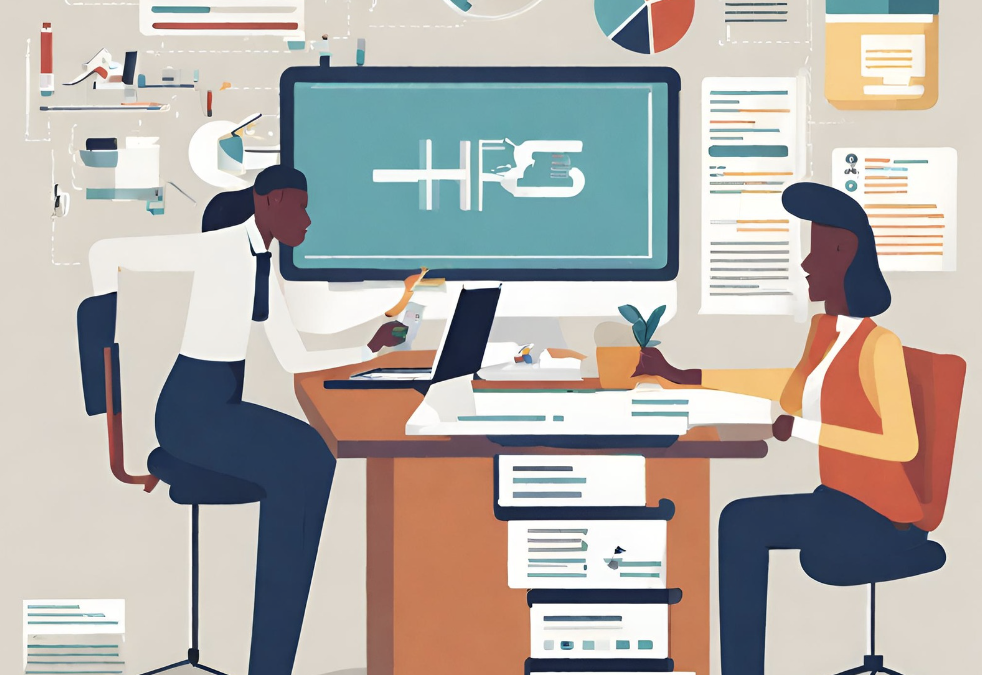In the rapidly evolving landscape of human resources management, selecting the right enterprise solutions can be a daunting task for HR professionals. The effectiveness of your HR department hinges significantly on the technology it employs to manage workflows, employee data, and recruitment processes. This guide is designed to help HR technology staff methodically evaluate and select the best enterprise solutions to meet their organization’s specific needs, ensuring a smoother, more efficient HR operation.
Understanding Your HR Needs
Before diving into the vast market of HR enterprise solutions, it’s crucial to have a clear understanding of your department’s needs. Start by conducting a thorough audit of your current processes and systems. Identify pain points, inefficiencies, and areas where technology could bring substantial improvements. This initial assessment should involve feedback from all levels within the HR department to ensure that the chosen solution addresses all functional requirements.
Key considerations include:
- Compliance with local and international labor laws
- Employee data management
- Recruitment and onboarding processes
- Performance management
- Employee engagement and retention strategies
Evaluating HR Enterprise Solutions
Once you’ve clearly defined your needs, the evaluation process begins. This stage is about comparing different HR solutions to find the one that best fits your requirements.
- Feature Comparison: Create a checklist of essential features that are non-negotiable and those that are nice to have. This list may include automated payroll systems, self-service portals for employees, analytics capabilities, and integration with other tools already in use like email and calendar systems.
- Scalability: Ensure that the HR solution can scale with your organization. Consider your future needs and choose a platform that can accommodate growth without requiring frequent upgrades or replacements.
- User Interface (UI) and User Experience (UX): The usability of the software is critical. It should be intuitive and easy to use to minimize training time and resistance from staff. A good UI/UX will enhance productivity and user satisfaction.
- Vendor Reputation and Support: Research vendors thoroughly. Read customer reviews and case studies. Look for vendors known for robust customer support, as ongoing support is crucial for resolving potential issues and ensuring the system runs smoothly.
Requesting Proposals and Conducting Demos
After narrowing down your options based on the evaluations, request detailed proposals from the remaining vendors. These proposals should outline the software’s capabilities, support services, pricing, and any other relevant details.
- Conduct Demos: Arrange for demonstrations where vendors can showcase how their solutions work. Demos provide a practical look at the software’s functionality and allow you to ask questions about specific features.
- Trial Periods: If possible, negotiate a trial period to test the software in a real-world scenario. This step can be invaluable in determining how well the solution integrates with your existing operations and how receptive your staff are to the new system.
Making the Decision
With all the information at hand, gather your team to discuss the findings. It’s important to consider not just the capabilities and costs but also the cultural fit between the vendor’s offerings and your organizational needs.
- Cost-Benefit Analysis: Weigh the costs against the expected benefits. While it’s tempting to go for a cost-effective solution, it’s essential to consider the ROI in terms of improved efficiency, compliance, employee satisfaction, and retention.
- Feedback Integration: Include feedback from all stakeholders who participated in the demos and trial periods to make an informed choice.
Implementation and Beyond
Choosing the right solution is only the first step. A successful implementation is key to realizing the benefits of the new HR system.
- Develop an Implementation Plan: Work with the vendor to create a detailed implementation plan. This plan should include timelines, training schedules for staff, and milestones to gauge progress.
- Change Management: Prepare your team for change. Effective communication and training are crucial to ensure a smooth transition to the new system. Address any concerns and provide ample support to help staff adjust.
Selecting the right enterprise solution for your HR department is a critical decision that impacts many facets of your organization. By following a structured approach to assess and choose an HR system, you can ensure that you invest in a solution that enhances operational efficiency, complies with regulations, and meets the needs of your workforce.
Keywords: HR Technology, Enterprise Solutions, HR System Evaluation, HR Software Features, Scalable HR Solutions, User-Friendly HR Software, HR Vendor Selection, Cost-Benefit Analysis, HR Implementation Plan, Change Management in HR.


Recent Comments